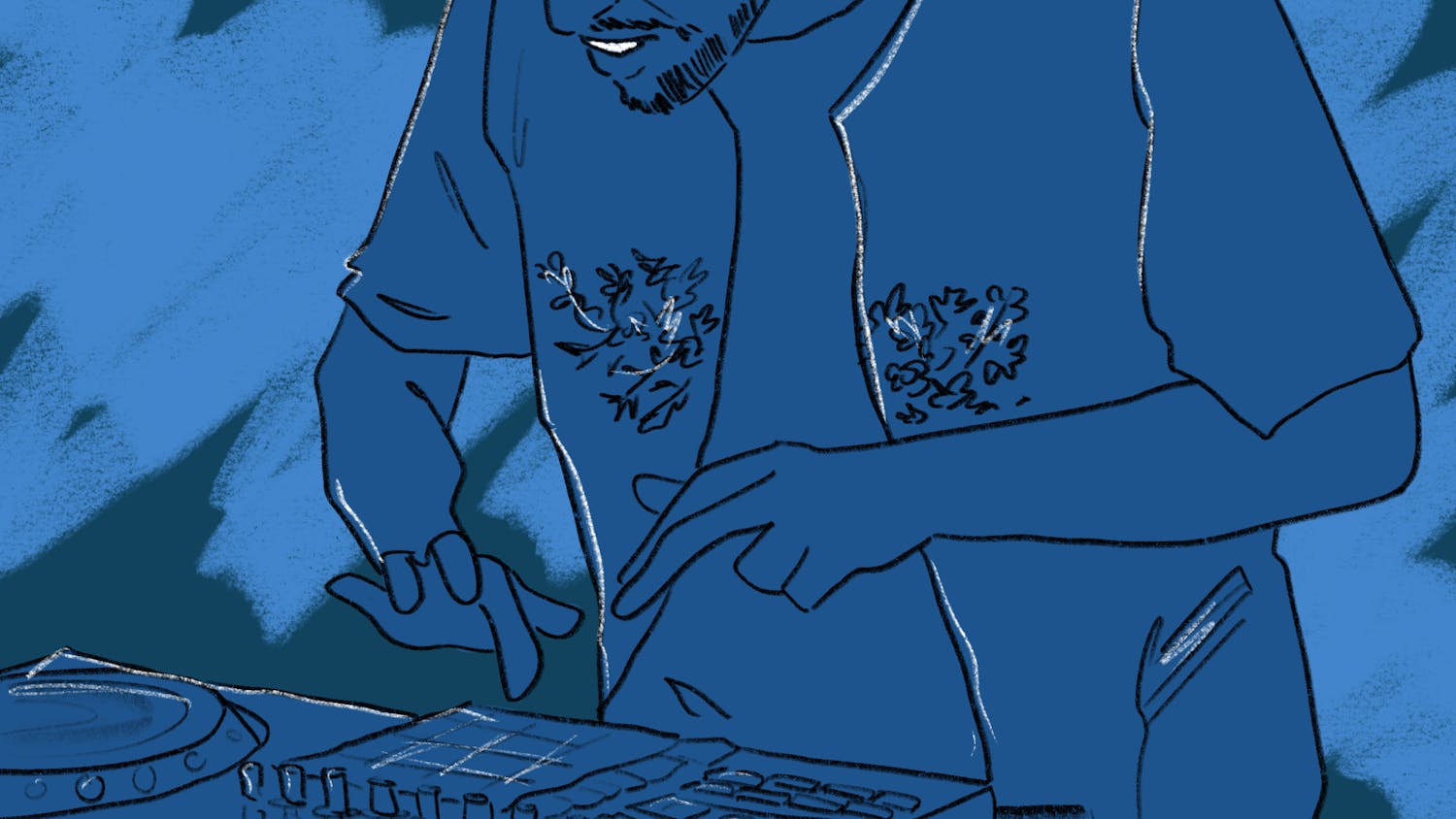The next time you find yourself studying on second-floor Berry, make a point of visiting the Evans Map Room.
First established in the 1920s by College librarian Nathaniel Goodrich, Dartmouth’s collection of maps was inspired by his work with the Army’s map department and his fondness for travel. In 1946, the collection became the Dartmouth Map Library when a wealth of materials from the Army Map Service, the Department of Defense’s mapmaking agency, were given to the College after World War II.
For the next 15 years, the College’s array of maps was stored in six different rooms on the second floor of Baker Library. The collection moved to Baker’s lower level when the weight of the cases began to cause the bookshelves in the reference room below to separate from the walls. In 2000, it moved to its current location, a large, light-filled room named in honor of Barbara and R. Bradford Evans ’64. The room now houses over 189,000 sheet maps, with an additional 3,000 books, globes and aerial photos.
Though every country on Earth is represented in its collection, the Evans Map Room places special emphasis on drawings of the Upper Connecticut River Valley and New England. With a number of its New Hampshire maps dating back to the 18th century, the room is frequented by locals — hikers, scholars, interested residents — curious about their town, senior map room specialist Joyce Ryerson said.
“Once, there was talk about an old road in Etna being reopened so people came here to find out where it was,” Ryerson said.
Much of the collection’s strength and credibility comes form government aid. The U.S. Federal Depository Library Program has sent materials to land-grant universities, the libraries of federal agencies, high appellate courts and accredited law schools for decades.
Since joining the program in the 1970s, the College’s map collection has been enriched by agencies like the Bureau of Land Management, the U.S. Forest Service and the CIA, Ryerson said. The room’s complete holdings range from inexpensive tourist maps to those from journals like the Petroleum Economist, which can be worth up to $500 each.
Professors turn students to the College’s maps as tools for discovery and class discussion.
“Maps aren’t just for telling you where things are,” map librarian and reference bibliographer Lucinda Hall said. “They are also historical artifacts or snapshots. You can actually see the history.”
Roman Huszar ’17 visited the room recently with his Exploring French Culture and Language class as the class covered France’s changing geographical boundaries.
“[The map room made it] possible for us to get an idea of how the country’s map evolved given the historical eras,” he said.
Huszar said that he plans to return to the room to research his final project.
As maps are becoming increasingly digitized, the Evans Map Room’s future remains unclear, Hall said. With the majority of the Federal Depository Program’s resources now available online, the collection receives fewer paper maps than it has in the past.
Though the digitalization process has broadened the maps’ reach, Hall said that it has “left out” those who are not computer literate or have limited internet access.
Moreover, the size of most computer screens make viewing maps difficult.
“It’s nice to be able to access things wherever you are, but on a computer you don’t get the whole idea of what everything looks like,” Ryerson said.



